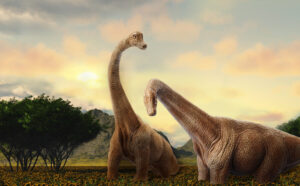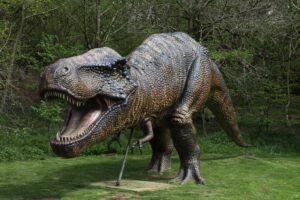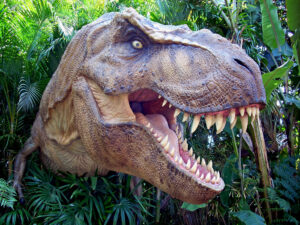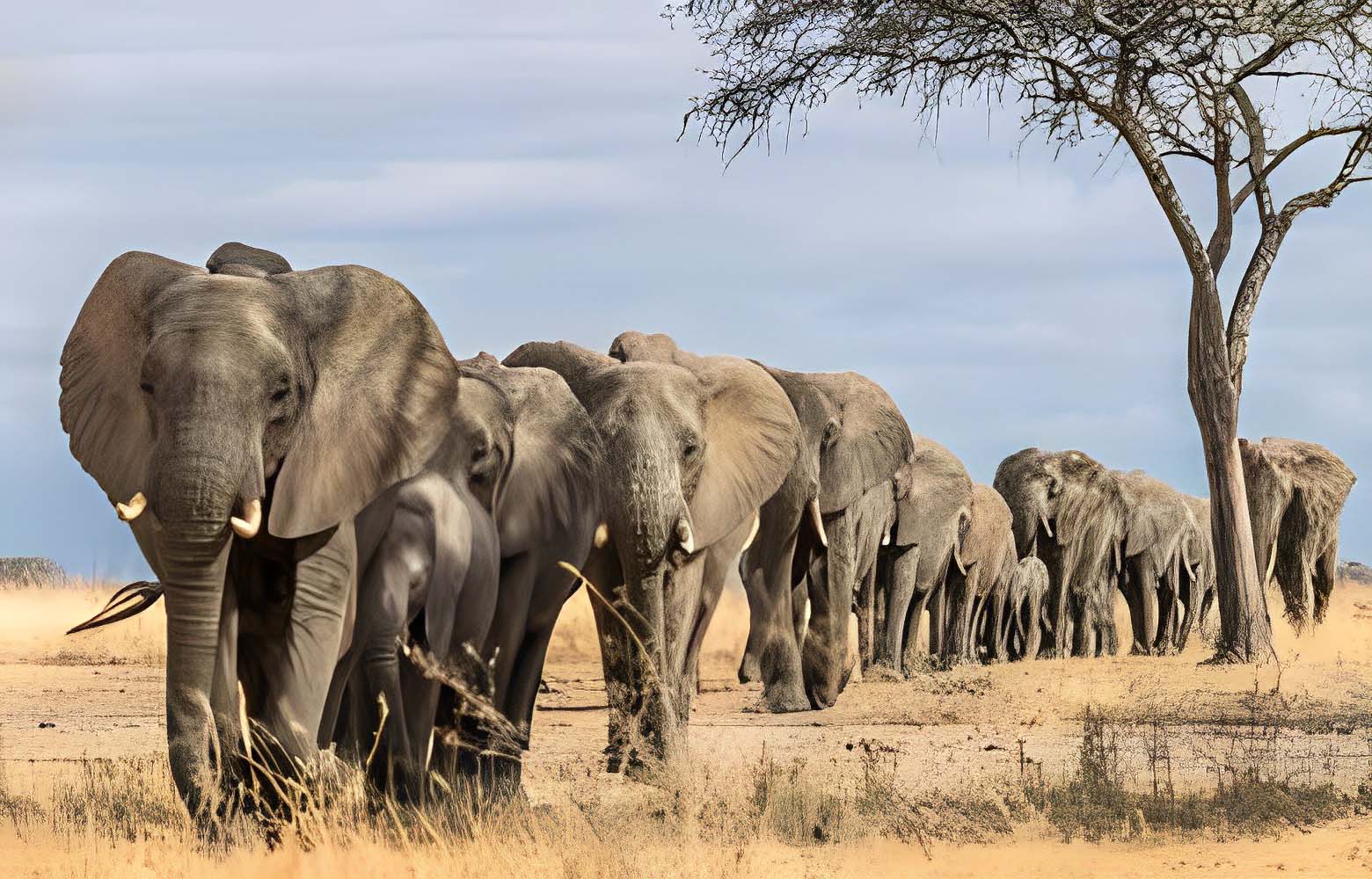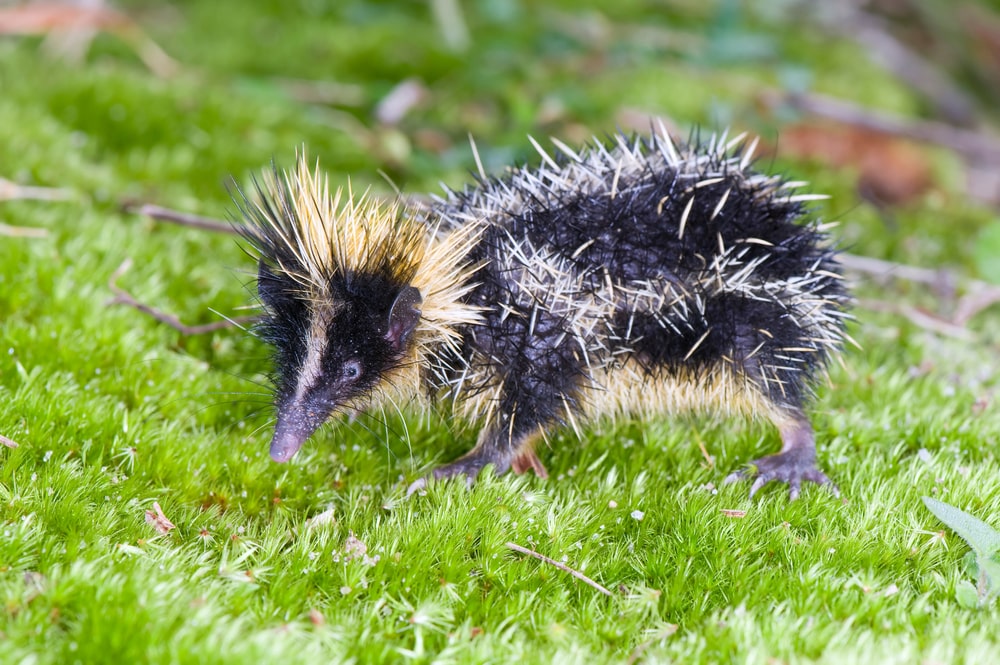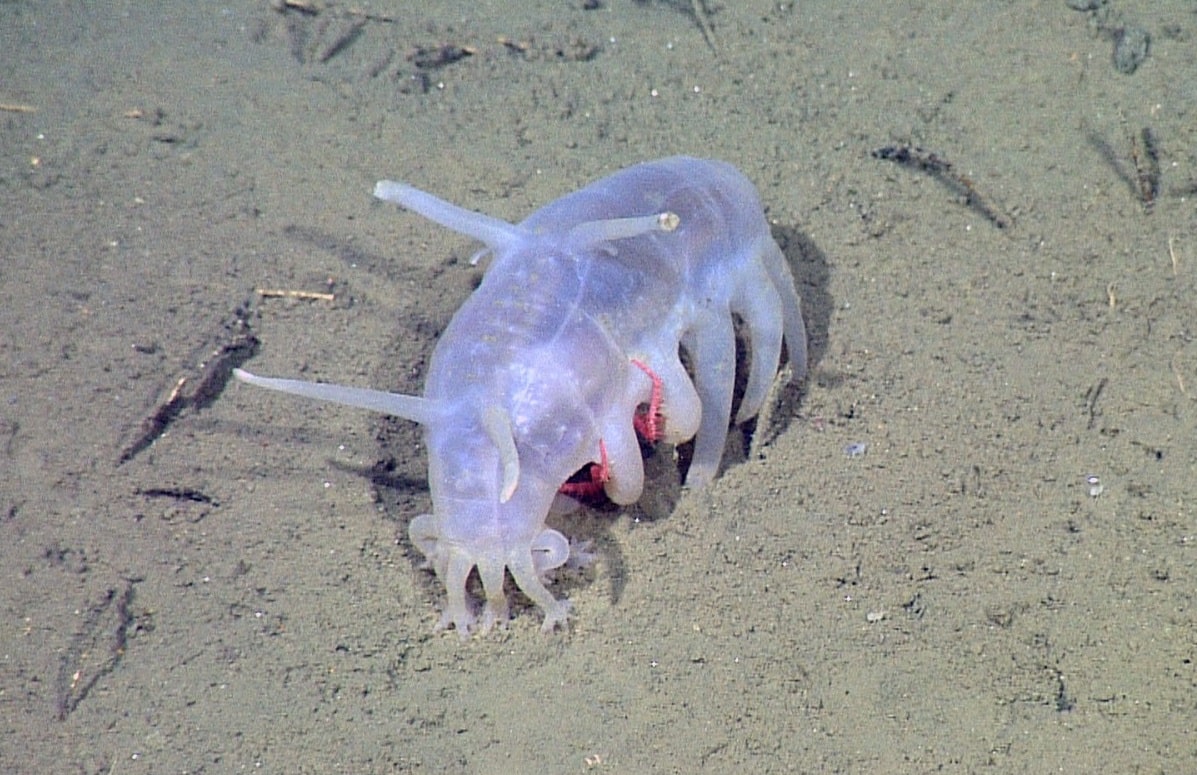140 million years, Dinosaurs extinct animals, Types & Names
Dinosaurs extinct animals: It’s a lost world now extinct long gone on the surface blown away by the tempests of time but there are some remains for over 140 million years.
Dinosaurs
They lay hidden deep in the sandstone these scientists are about to solve it makes it a mystery the mists of time are dispelled for a moment and you really feel you missed something special here 140 million years ago. Well first off 140 million years there’s a stretch of time that completely transcends human imagination but we intend to do all we can to find out what makes this place so attractive for predatory dinosaurs and scenes an ordinary common or garden quarry in north Germany.
Here scientists have found hundreds of tracks left by various dinosaurs like detectives. They are using all their expertise to piece together a gigantic puzzle so far they don’t even know all the different kinds of dinosaurs that once walked here but so many prints in one place are sensational the area with the petrified tracks must once have been swampy terrain crossed by a huge variety of animals.
The tracks of small predator dinosaurs called Truetontids are the most sensational find some of the tracks are 10 to 12 paces long. The scientist’s theories are at best vague their dream is to paint as realistic a picture as possible of the animal to bring it back to life as it were maybe the truth did look like this but there’s no way of being certain each new find in the organ Kieran quarry near Hanover causes a stir.
Even the best experts know next to nothing about true taunted if the scientists manage to fill in the blanks. They’ll become celebrities certainly it’s a very very special site with regard to the scale, uh you know I’ll have to take a look and let you know yeah this is one of the interesting things about the auburn locality that you seem to have a high percentage of the two-toed tracks in China.
We thought we were very lucky to find only a few 10 or 15 tracks in total at several localities so again this is a surprise 140 million years ago in the lower cretaceous period. The world was a very different place two continents had formed Gondwana and laura Asia they drifted further and further apart and the primeval Tethys ocean between them expanded accordingly in the region of what is today the north sea.
The climate was humid and tropical the north Saxon basin was covered by an inland sea to the west of Hanover, where Oban Kieran is today. There was a lagoon landscape with small sandy islands 140 million years ago things may have looked something like these inland seas surrounded by tropical forest.
There is ample geological evidence to suggest this is how it was the tracks in the quarry indicate the animals inhabiting this landscape. Included large herbivores the iguanodon is well known they were about 25 feet long and when fully upright were anything up to 10 feet tall another inhabitant. Scientists have identified the predator the allosaurus.
They have a fairly accurate idea of what the allosaurus and the iguanodons look like but the raptor tracks still pose a number of riddles from the Hanover.
State museum Dinosaur
State museums are collecting clues they painstakingly study every track of the petrified footprints the only evidence the researchers have is roman two and those are the fourth and fifth. These marks are the decisive pointer to the behavior of the animals that is what makes them so valuable. It’s still hard to say how many different tracks there are, we bet against each other and the estimates differ widely.
We’ve been at it for quite some time now, of course, taxpayers might ask whether it’s worth it. How many new facts are we actually discovering but we do find out a lot particularly from the footmarks where is the impression deeper. How did the animal actually move we get plenty of paleobiological data to work on up to 25 features that can be determined from one track alone the depth of the footprints.
The breadth the angle of the toes the statistics help the scientists reconstruct the movements of the animals as accurately as possible. Some tracks actually run parallel from this the scientists conclude that the raptors cooperated and hunted in pairs.
The more we dig up the more likely we are to strike lucky and come across one that stumbled and fell over or we may find traces of a fight or some other unusual events. The more data we have the better we can ultimately verify the various theories that exist the speed size and weight of the animals are things. The experts will only be able to determine after a highly complex analysis of the tracks Monday to Friday.
There’s the routine work of extracting sandstone from the quarry at urban. The scientists only have the weekends otherwise they’d interfere with normal operations and they must keep on the right side of owner Klaus Kuster. If they don’t they can say goodbye to their excavations the costa family has owned the quarry for generations. Urban Kia sandstone is much sought after it adorns famous churches and castles in Germany, including cologne cathedral the victory column in Berlin, and further afield Amalienborg castle in Copenhagen isolated.
We are sharing the most popular and famous Dinosaurs types with you. These extinct creatures are awesome and have great body appearance.
Dinosaurs types & names
The most famous Dinosaur animal names & types:
(Reference: https://www.kids-dinosaurs.com/dinosaur-names.html)
- Albertosaurus Dinosaurs (Alberta Lizard)
- Allosaurus Dinosaur (Different Lizard)
- Ankylosaurus Dinosaurs (Stiff Lizard)
- Apatosaurus Dinosaur (Deceptive Lizard)
- Baryonyx Dinosaurs (Heavy Claw)
- Brachiosaurus Dinosaur (Arm Lizard)
- Camarasaurus Dinosaurs (Chambered lizard)
- Carnotaurus Dinosaur (Meat-eating bull)
- Coelophysis Dinosaurs (Hollow Form)
- Compsognathus Dinosaur (Elegant Jaw)
- Corythosaurus Dinosaurs (Helmet lizard)
- Deinonychus Dinosaur (Chambered lizard)
- Diplodocus Dinosaurs (Double-beam lizard)
- Edmontosaurus Dinosaur (Lizard from Edmonton)
- Euoplocephalus Dinosaur (Well-armoured head)
- Gallimimus Dinosaur (Chicken-mimic)
- Gigantosaurus Dinosaurs (Giant Southern Lizard)
- Giraffatitan Dinosaur (Giraffe Titan)
- Hypsilophodon Dinosaurs (High Ridge Tooth)
- Iguanodon Dinosaur (Iguana tooth)
- Janenschia Dinosaurs (Named after Werner Janensch)
- Jobaria (Jobar) Dinosaur (a creature of Sahara legends)
- Kentrosaurus Dinosaurs (Spiked lizard)
- Lesothosaurus Dinosaur (Lizard from Lesotho)
- Macrurosaurus Dinosaurs (Long-Tailed Lizard)
- Maiasaura Dinosaur (Good Mother lizard)
- Mamenchisaurus Dinosaurs (Mamen Brook Lizard)
- Megalosaurus Dinosaur (Great Lizard)
- Minmi Dinosaurs (From Minmi Crossing)
- Notoceratops Dinosaur (Southern horned face)
- Ornithomimus Dinosaurs (Bird Mimic)
- Oviraptor Dinosaur (Egg Thief)
- Pachycephalosaurus Dinosaurs (Thick headed lizard)
- Parasaurolophus Dinosaur (Beside Saurolophus (another dinosaur)
- Plateosaurus Dinosaurs (Flat reptile)
- Protoceratops Dinosaur (First horned face)
- Psittacosaurus Dinosaurs (Parrot Lizard)
- Riojasaurus Dinosaur (Lizard from Rioja)
- Saurolophus Dinosaurs (The ridged lizard)
- Saurophaganax Dinosaur (Lizard eating master)
- Seismosaurus Dinosaurs (Earth-shaking lizard)
- Spinosaurus Dinosaur (Spine lizard)
- Stegosaurus Dinosaurs (Roofed lizard)
- Stegoceras Dinosaur (Horned Roof)
- Styracosaurus Dinosaurs (Spiked lizard)
- Triceratops Dinosaur (Three Horned Face)
- Troodon Dinosaurs (Wounded tooth)
- Tyrannosaurus Dinosaur (Tyrant lizard)
- Tyrannotitan Dinosaurs (Tyrant Titan)
- Velociraptor Dinosaur (Quick plunderer)
- Wannanosaurus Dinosaurs (Wannano lizard)
- Xiaosaurus Dinosaur (Dawn lizard)
- Yangchuanosaurus Dinosaurs (Yangchuan lizard)
- Zigongosaurus Dinosaur (Zingong lizard)
